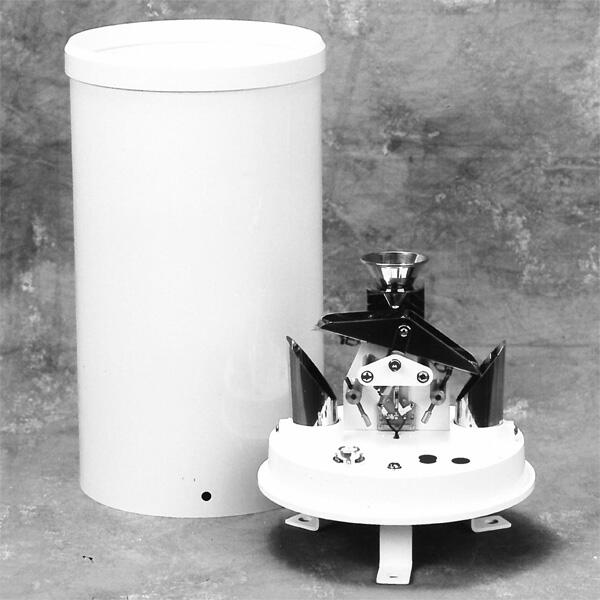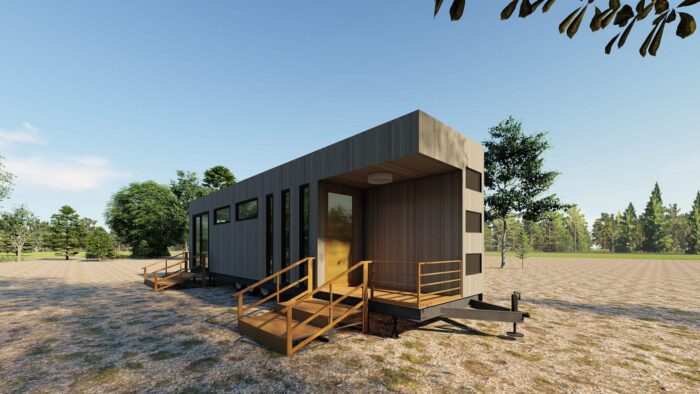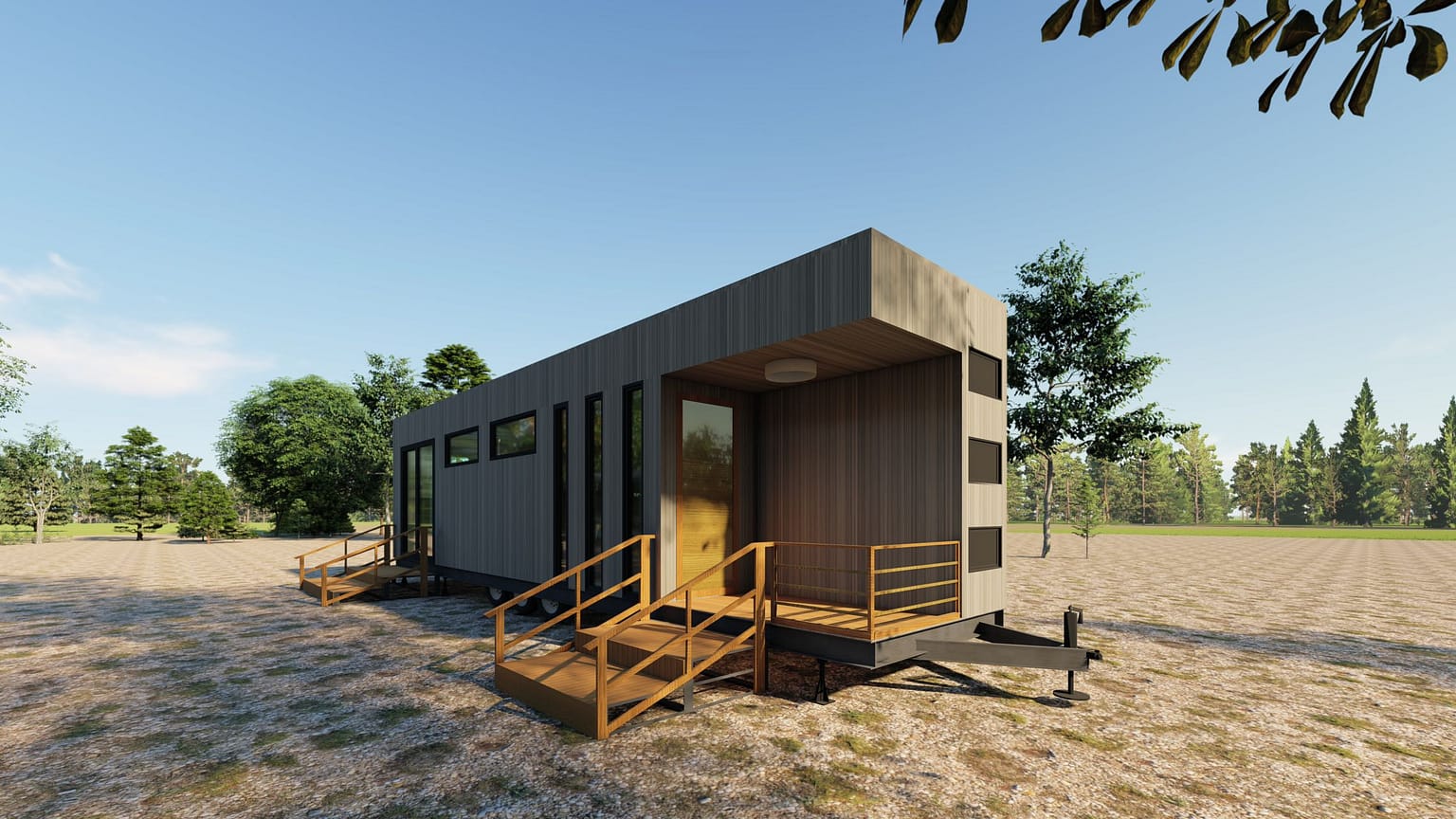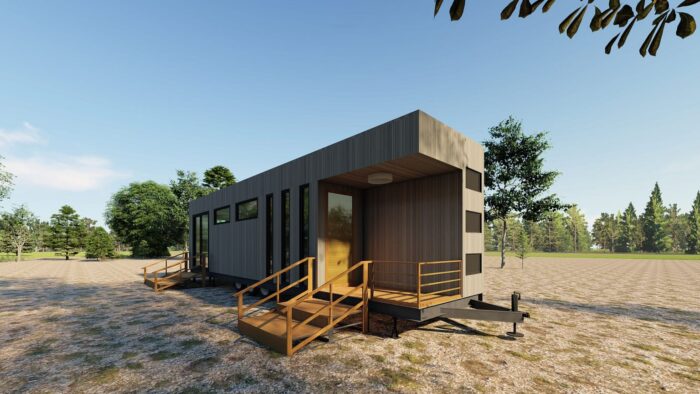
# 10 Practical Applications of Rain Gauges in Weather Monitoring
Rain gauges are essential tools in meteorology, providing accurate measurements of precipitation. These devices play a crucial role in various fields, from agriculture to urban planning. Below are ten practical applications of rain gauges in weather monitoring.
## 1. Agriculture and Irrigation Management
Farmers rely on rain gauges to measure rainfall and determine the optimal amount of water needed for crops. This data helps in scheduling irrigation, conserving water, and improving crop yields.
## 2. Flood Prediction and Control
Rain gauges are critical in monitoring rainfall patterns that could lead to flooding. By analyzing precipitation data, authorities can issue timely warnings and implement flood control measures.
## 3. Hydrological Studies
Hydrologists use rain gauges to study water cycles, including precipitation, evaporation, and runoff. This information is vital for managing water resources and understanding environmental changes.
## 4. Climate Research
Rain gauges provide long-term precipitation data, which is essential for climate research. Scientists use this data to study climate patterns, predict future changes, and develop mitigation strategies.
## 5. Urban Planning
City planners use rain gauge data to design drainage systems and manage stormwater. Accurate precipitation measurements help prevent urban flooding and ensure efficient water management.
## 6. Weather Forecasting
Meteorologists use rain gauges to gather real-time precipitation data, which is crucial for accurate weather forecasting. This information helps in predicting storms, droughts, and other weather events.
## 7. Water Resource Management
Rain gauges are used to monitor and manage water resources in reservoirs, lakes, and rivers. This data helps in ensuring a sustainable supply of water for drinking, agriculture, and industry.
## 8. Disaster Management
In disaster-prone areas, rain gauges are used to monitor rainfall and predict natural disasters like landslides and flash floods. This information is vital for emergency preparedness and response.
## 9. Environmental Monitoring
Rain gauges are used in environmental monitoring to assess the impact of precipitation on ecosystems. This data helps in conserving biodiversity and managing natural habitats.
## 10. Educational Purposes
Rain gauges are valuable tools in educational settings, helping students understand weather patterns and the importance of precipitation in the environment. They provide hands-on learning experiences in meteorology and environmental science.
In conclusion, rain gauges are indispensable in various fields, providing critical data for weather monitoring and resource management. Their applications extend from agriculture to disaster management, making them vital tools for a sustainable future.
Keyword: 10 uses of rain gauge








